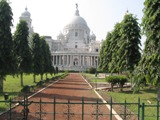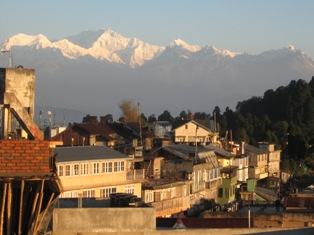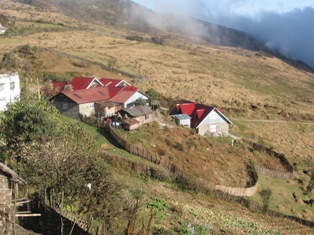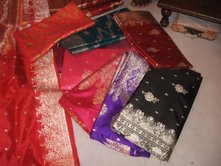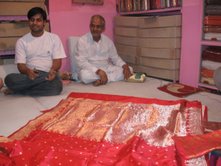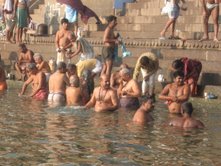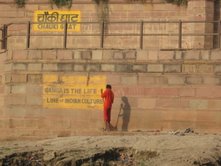Goodbye Carman SchoolWednesday was my last day at the school in Dehradun. When I first arrived in India, it seemed like I would be there for such a long time, but the two months went by so fast and now I only have a little over three weeks left in the country. I was sad to leave all of the students, yet I felt at peace about my experience. I felt I had fulfilled my purpose at the school, and I was ready to move forward.
I probably learned more from the students and teachers than they ever could have from me, and I'm so grateful to them for letting me be a part of their lives, even for a short while. One of the most important aspects of my trip to India was getting a chance to see the country as part of a community, albeit a temporary and small part, but an insider rather than a tourist passing through. I had the chance to get to know India and its nuances in a slightly more intimate way than simply skimming the surface of the country.
I learned about Hindi pop music, dancing and movie stars. I discovered that kids are basically the same everywhere; teen angst and puppy love know no geographic bounds. I learned that boredom is contagious, and idle time creates nothing but problems. I found that these kids dream big but think practically, for the most part. I encouraged the kids who expressed interest in attending school abroad, but I fear that a Western education system, if they could even get in, would eat them alive.
At the school, I had a first-hand look at a broken education system riddled with problems. There is no comprehension; the teachers recite straight from the book, the students copy straight from the book and the test questions are verbatim from the book and the notes. The students can read any piece of English writing you put in front of them, but you can't ask them what it means. They don't know. Some of the teachers don't even know. There is nothing to stimulate interest, creativity or independent thinking. When I brought in books with colorful pictures from the school's own library, the students consumed them ravenously and read them over and over, never tiring of the story about the Zookeeper or the Monkey in a Muddle. The interest is there as is the intelligence. They just need someone to give them a shove. Some of the teachers are ready to shove them (figuratively, although some would literally shove them as well). Other teachers are just using the job as a filler until they get married or because they failed to get a job in any other field.
I've always been a bit of a softy and discipline was hard for me. I got better as time went on at managing out of control classes and ill-behaved children, and while I had moments when I got really disgusted with the students' behavior, nothing ever made me so mad that I even fathomed hitting a child. That is one thing I could never handle: watching children at the school get beat. Teachers would slap them, hit them with sticks or badminton raquets, pull their hair or smack them across the face with plastic combs. After awhile, I don't think it had any effect on the children. They'd been hit so many times that it just became funny to them or expected. I've read accounts of the physical discipline being much worse at many other schools. I had children ask me all the time why I don't beat children; I usually replied that I don't beat them because I prefer to hug them.
My moments of frustration, however, were far outweighed by joyful and hopeful ones. I've never met children more willing and open to letting others in and sharing with them. I received lots of lovely cards and gifts upon my departure, as well as tears, which made me cry. (This should come as no surprise to anyone. Of course I cried. That's what I do. My emotions pour out of my eyeballs.) I will miss those children dearly. For two months, they were my entire life. They were why I got up in the morning, why I worked from 6 a.m. until 7:30 p.m., why I came to India. They have lots of potential, and they're fighting an overwhelming set of obstacles. I only hope that I was able to add a little more fuel their fires of hope.



